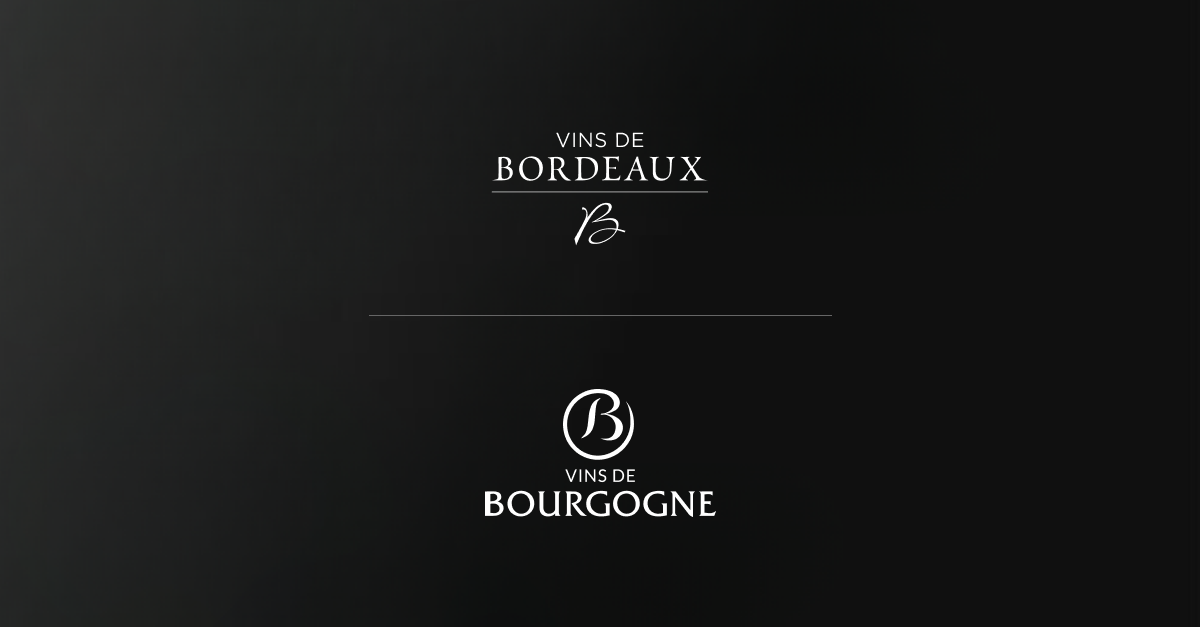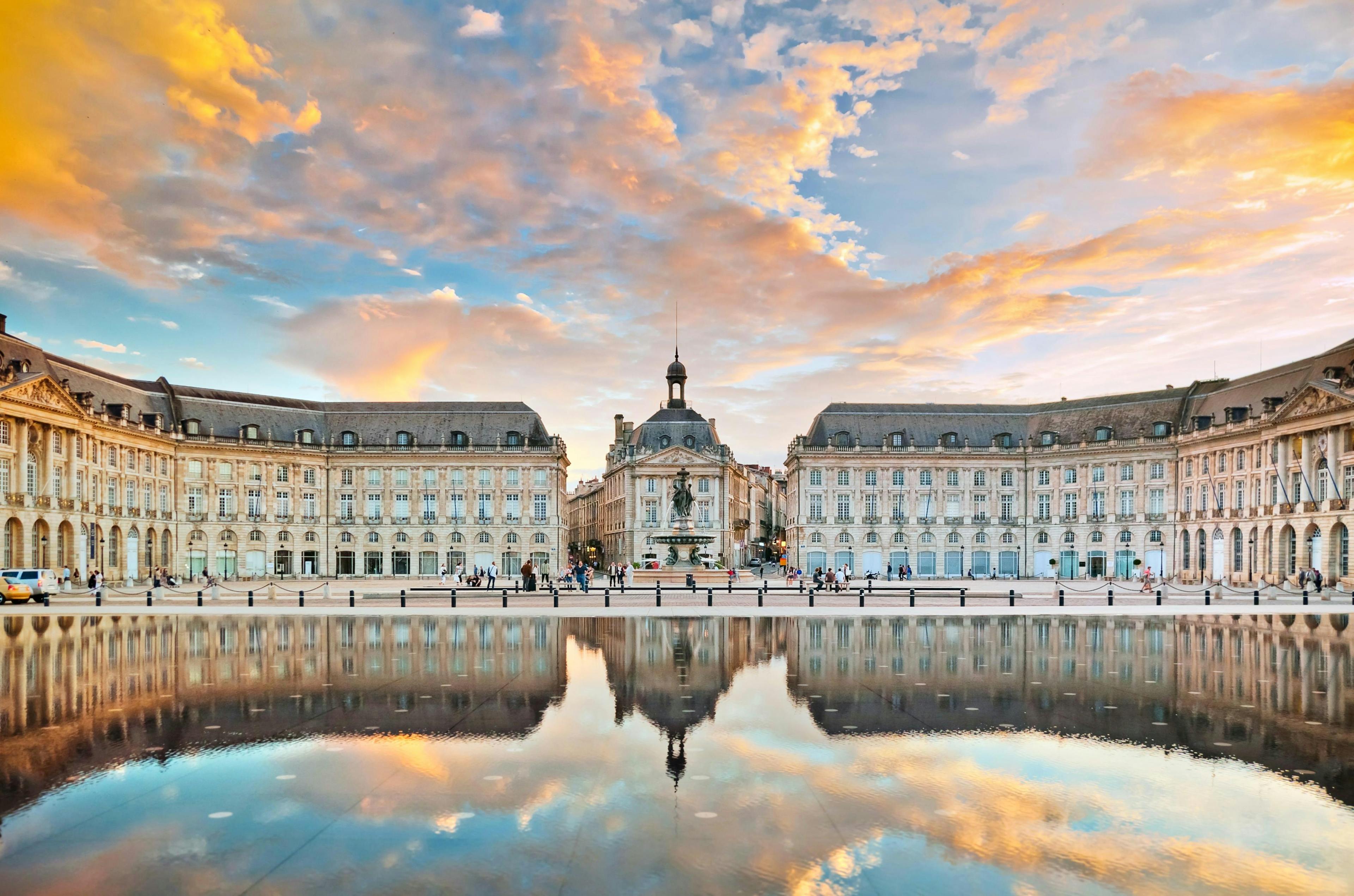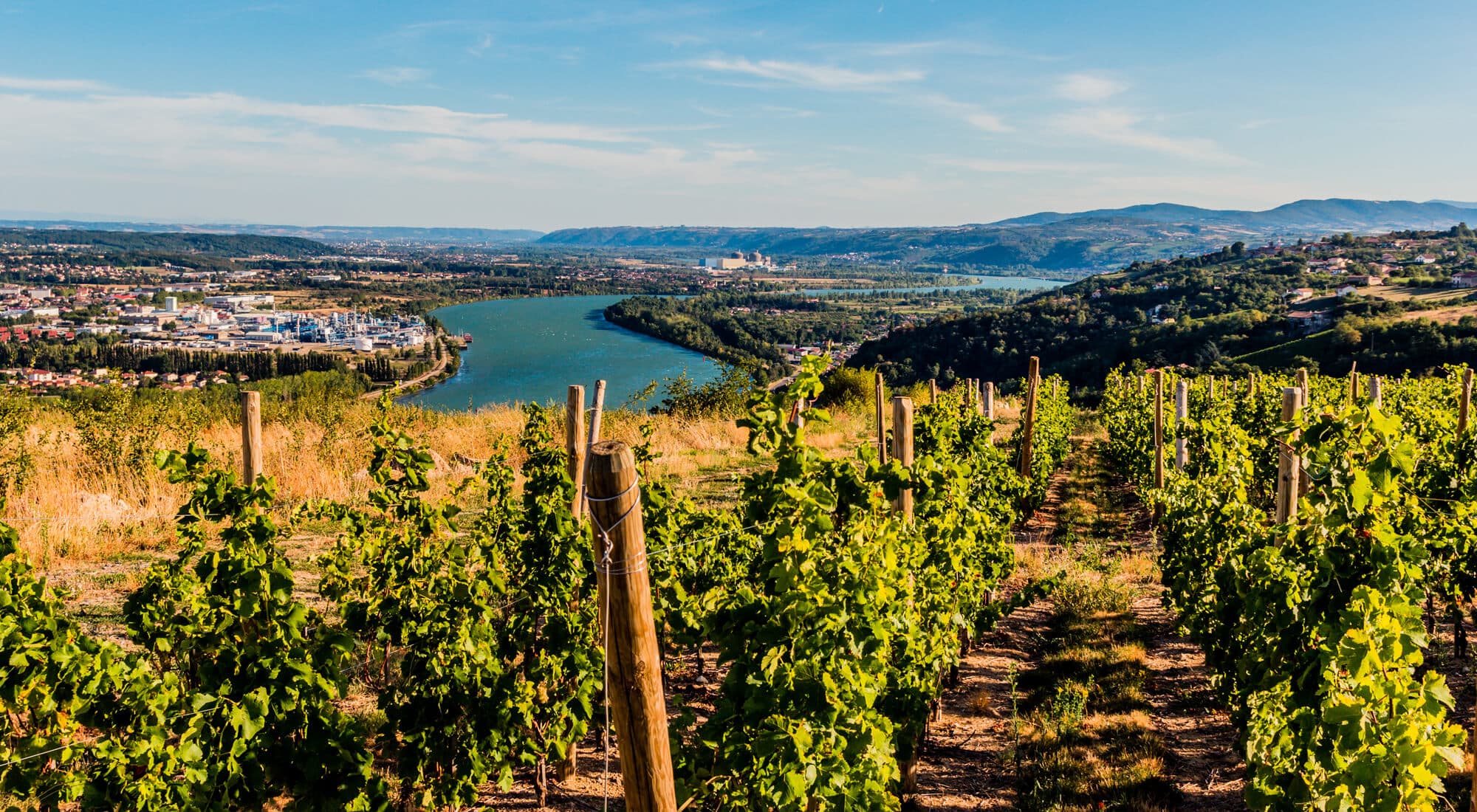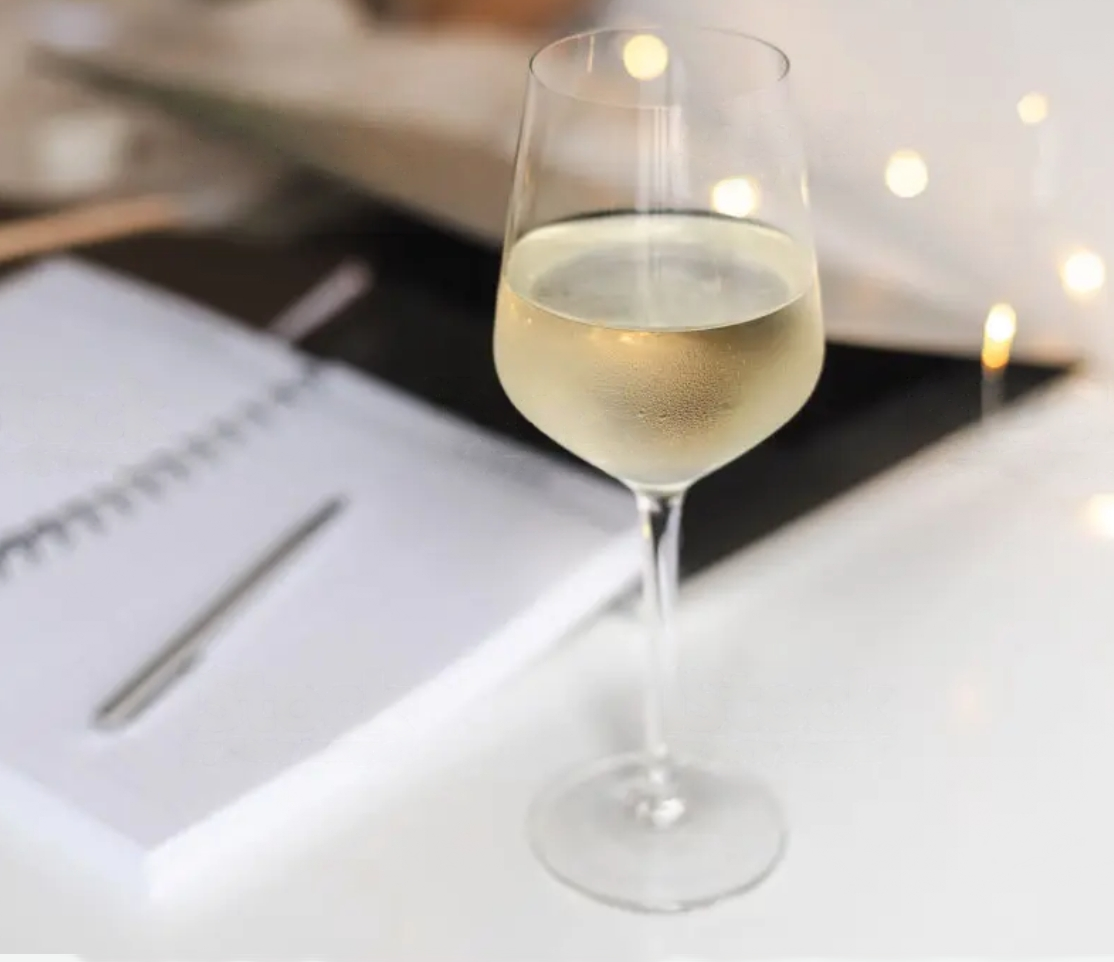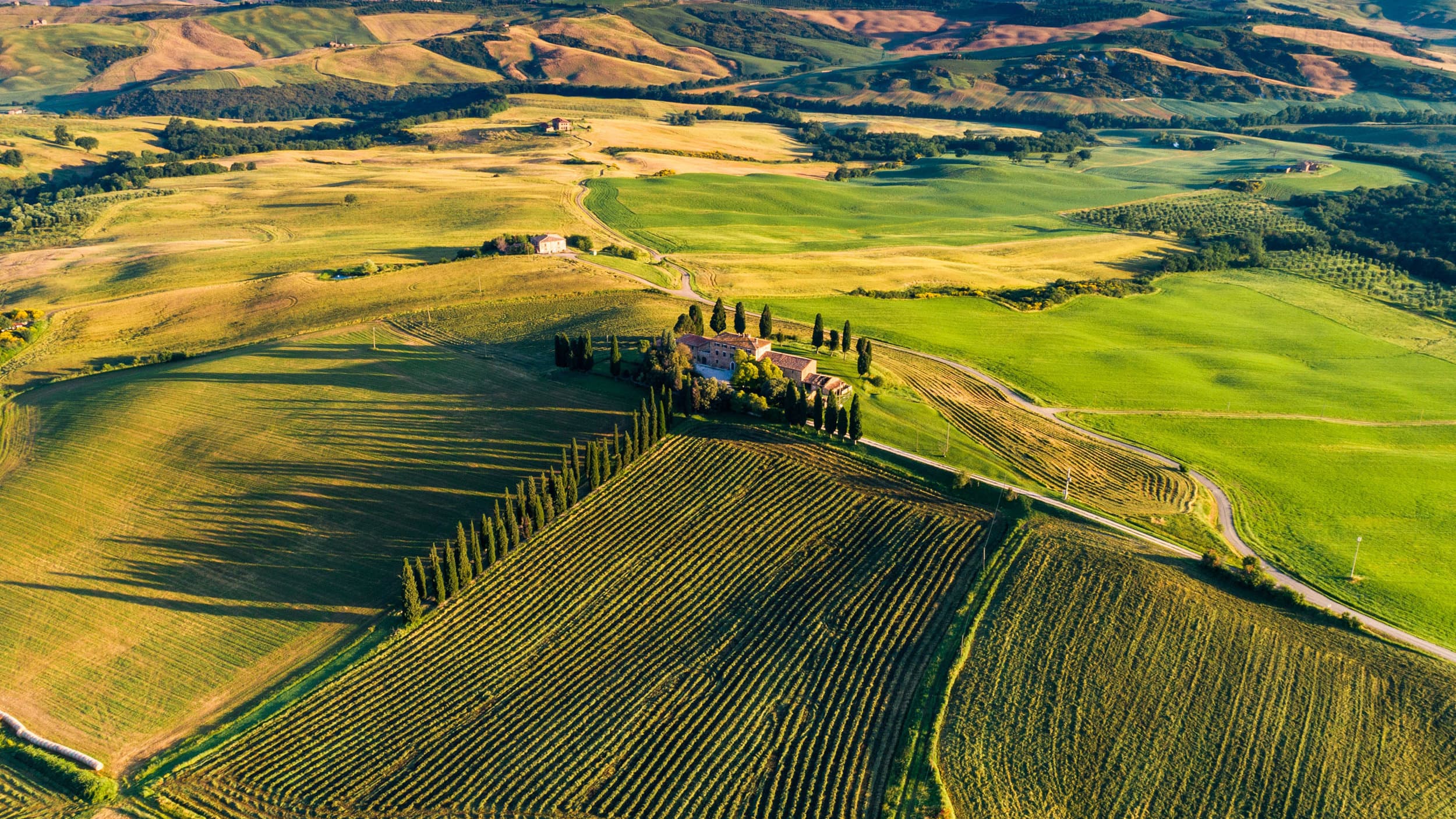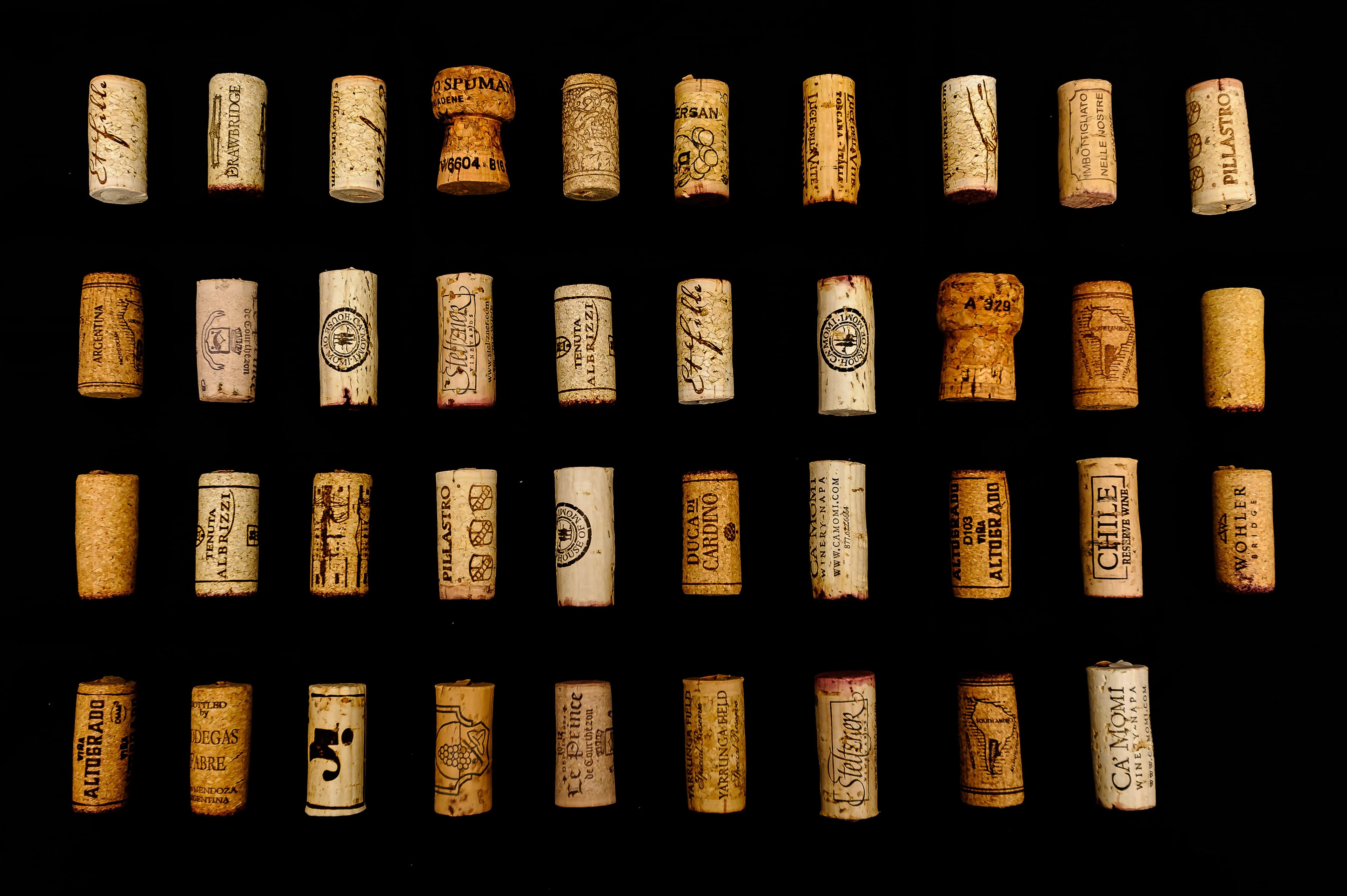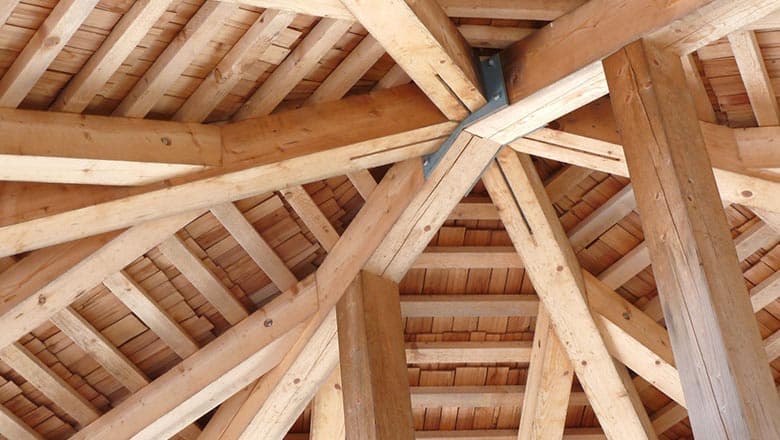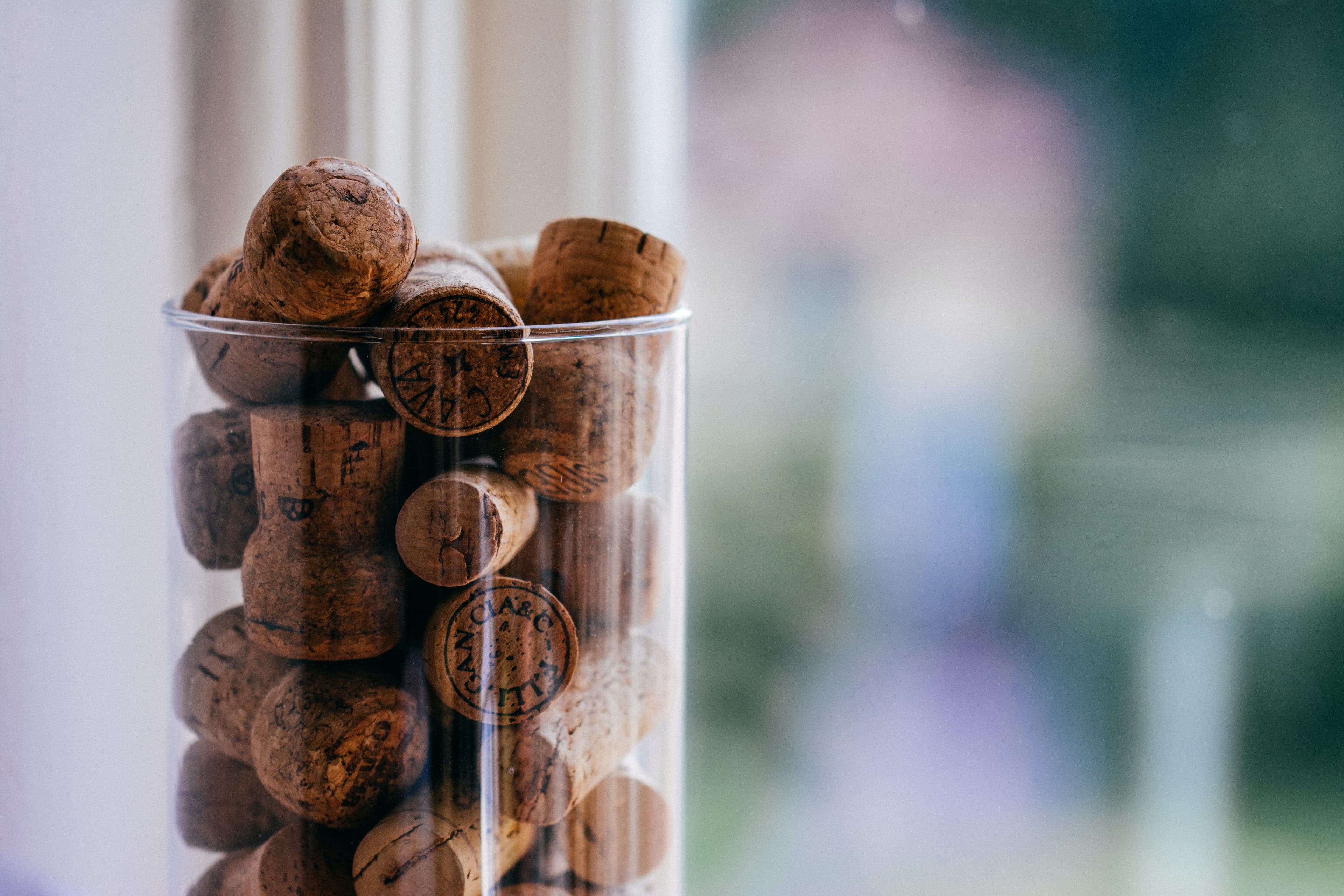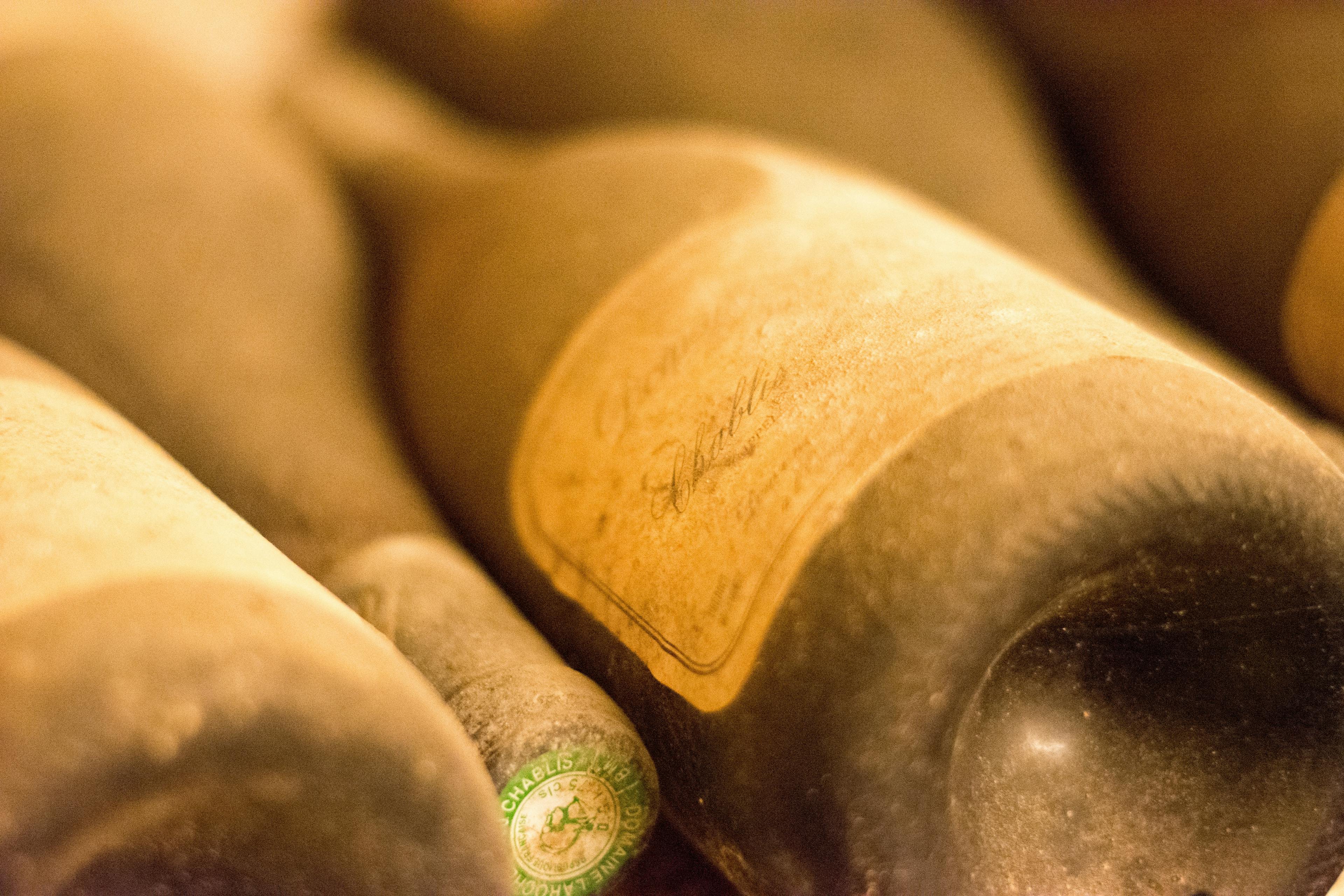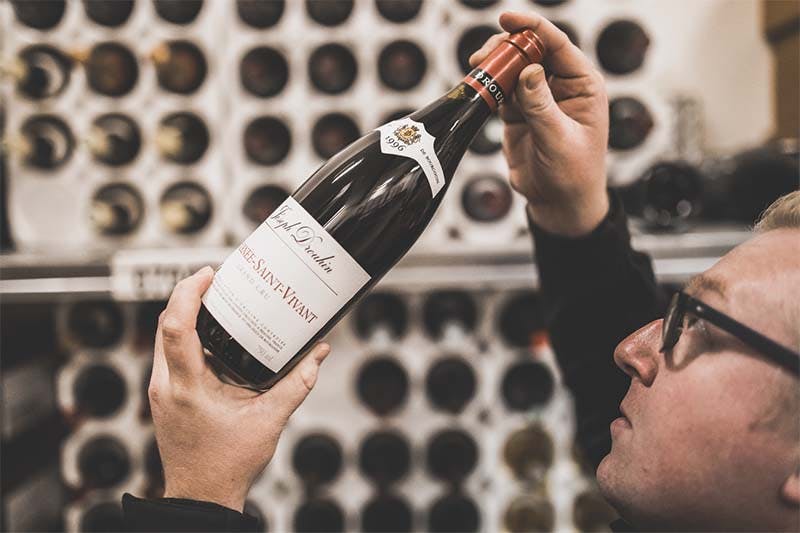What is the History Behind Domaine de la Romanee-Conti?
12 min read
Head of Content

Discover the fascinating history of Domaine de la Romanee-Conti, a name synonymous with the finest wines in the world. Nestled in the heart of Burgundy, France, this esteemed vineyard has been producing exquisite wines for centuries. The story of Domaine de la Romanee-Conti is a tapestry of aristocratic heritage, meticulous winemaking practices, and a relentless pursuit of perfection. From its early beginnings to its status today as a beacon of luxury and quality, the journey of this iconic vineyard is as rich and complex as the wines it produces. Join us as we delve into the historical milestones that have shaped this prestigious estate, and discover why it remains a pinnacle of viticultural excellence.
Origins: The Founding of Domaine de la Romanee-Conti
The roots of Domaine de la Romanee-Conti stretch back to the 13th century, when the Abbey of Saint Vivant acquired a 1.8 hectare vineyard in Burgundy, France. This initial acquisition marked the beginning of what would become one of the most prestigious wineries in the world. Over the centuries, ownership passed through various hands, each contributing to the development and refinement of the vineyard.
In 1760, the Prince of Conti purchased the land, adding his name to the already famous Romanée, thus creating the title "Romanée-Conti." His passion for viticulture led to significant advancements in the quality of the wine produced. However, it wasn't until the early 20th century that the domaine gained its current configuration. The de Villaine and Leroy families, who co-own the estate today, have been instrumental in upholding the traditional methods that define its wines.
For those interested in enjoying a bottle from this iconic vineyard, it's essential to appreciate the rich history and meticulous care that go into every drop. Here are a few points to consider:
The unique terroir of the vineyard contributes significantly to the distinct flavor profile of its wines.
Traditional winemaking techniques are employed, respecting the legacy and complexity of the vines.
Each vintage is a reflection of the year's specific climatic conditions, making every bottle a unique expression of time and place.
The Monastic Influence on Early Viticulture
The early viticulture at Domaine de la Romanee-Conti was profoundly shaped by monastic practices. Monks from the Abbey of Saint Vivant, founded in 1112, initially cultivated the vineyard. Their deep understanding of the land and meticulous cultivation methods laid a foundation that would define the characteristics of the wines produced in this region. These religious communities were pivotal in recognizing the importance of terroir and the specific qualities of each plot of land.
Detailed Record-Keeping: Monks meticulously documented weather patterns, harvest times, and vinification techniques, creating a rich historical record that informs modern practices.
Selective Planting: They practiced selective grape planting, which ensured that only the most suitable grape varieties thrived, enhancing the quality of the wine.
Innovative Techniques: The monks were also early adopters of techniques such as crop rotation and controlled pruning, which were revolutionary at the time and have since become standard in viticulture.
Community Engagement: By involving the local community in the vineyard's operations, they ensured a broad base of knowledge and skill, which contributed to the vineyard's success over centuries.
These practices not only enhanced the quality of their produce but also set a benchmark for wine production in Burgundy.
Historical Ownership Changes and Their Impact
The historical ownership changes of Domaine de la Romanee-Conti have significantly influenced its development and the quality of wine produced. Initially owned by the Abbey of Saint Vivant in 1232, the vineyard was later acquired by the de Croonembourg family, who introduced innovative viticulture techniques. This period marked the beginning of a focus on quality and refinement in the vineyard's output.
In 1760, the Prince of Conti purchased the estate, renaming it to its current prestigious title. His ownership heralded a new era of exclusivity and prestige, as he reserved the wine solely for himself and his court. This exclusivity significantly boosted the vineyard's reputation, setting a precedent for future practices.
The pivotal moment came in 1869 when the Latour family took over, implementing modern winemaking methods that further elevated the vineyard's status. Their stewardship ensured that the craftsmanship behind each bottle was preserved and enhanced, even as the vineyard changed hands.
Today, co-owners Aubert de Villaine and Henri-Frédéric Roch continue to uphold these high standards, blending traditional techniques with contemporary innovations to maintain the vineyard's legendary status. Their efforts ensure that each vintage not only reflects its rich history but also its ongoing commitment to quality and excellence.
The French Revolution and Its Effects on the Estate
The French Revolution, a pivotal period in French history, profoundly impacted many aristocratic estates, including the prestigious Domaine de la Romanee-Conti. Initially, this vineyard was owned by the Prince of Conti, acquiring it in 1760. However, the revolution brought about significant changes, leading to the confiscation of properties tied to the nobility and the church.
During this tumultuous time, the estate was seized and declared as national property. It was later sold to private individuals, which marked a new chapter in its history. This transition was crucial as it eventually allowed the vineyard to enter the hands of the Liger-Belair family, who were instrumental in its development through the 19th century.
The revolution not only altered ownership but also influenced viticultural practices and wine production in the region. Innovations and changes in land management during the post-revolutionary period helped set the stage for the modernization of wine production in Burgundy.
For more detailed facts about how the French Revolution influenced Domaine de la Romanee-Conti, exploring specific historical impacts provides a deeper understanding of its legacy and evolution.
Domaine de la Romanee-Conti During World Wars
During the tumultuous periods of World War I and World War II, Domaine de la Romanee-Conti faced numerous challenges that threatened its existence and the quality of its wines. The vineyard, located in the heart of Burgundy, France, was at risk due to the proximity of front-line battles and the economic hardships that swept across Europe.
Labor Shortages: Many of the vineyard's workers were drafted into military service, leaving the vines untended during crucial periods of the growing season.
Material Scarcity: Essential supplies such as copper sulfate, used in treating vine diseases, were in short supply. This scarcity made it difficult to maintain the health of the vines.
Economic Instability: The instability caused fluctuations in wine prices, disrupting the financial stability of the vineyard. Additionally, transportation disruptions made it challenging to distribute bottles to markets.
Despite these adversities, the vineyard managed to sustain its operations and preserve the unique taste of its wines, which are celebrated globally today. The resilience of Domaine de la Romanee-Conti during these wars is a testament to its enduring legacy and commitment to quality winemaking.
Innovations Introduced by the de Villaine Family
The de Villaine family, stewards of Domaine de la Romanee-Conti, have introduced several key innovations that significantly impacted the wine industry. Their approach to viticulture emphasizes organic and biodynamic practices, which were pioneering at the time of adoption. These methods focus on enhancing soil health and biodiversity, ensuring that the vines grow in a more sustainable and environmentally friendly manner.
Another notable innovation was the meticulous selection and cloning of vineyard-specific yeast strains. This technique allowed for a more controlled fermentation process, which in turn preserved the unique characteristics of each vineyard's terroir in the final product.
Moreover, the family's commitment to low-intervention winemaking techniques has set a benchmark in the industry. By limiting the use of new oak and restraining the manipulation of the wine during its maturation, they have been able to produce wines that are true expressions of their terroir.
For those looking to store their bottles of Domaine de la Romanee-Conti, these innovations ensure that each bottle maintains its distinct profile and ages gracefully.
Legal Battles and Protection of the Brand
The prestigious Domaine de la Romanee-Conti has faced numerous legal challenges over the years, primarily aimed at protecting its esteemed brand and legacy. These legal battles often revolve around trademark infringements and counterfeit productions, which not only threaten the brand's image but also its consumers' trust. Vigilant actions have been necessary to safeguard the authenticity and exclusivity of their wines.
Trademark Disputes: The winery has rigorously defended its trademark against misuse by other entities trying to capitalize on its renowned name. This includes litigation to prevent the unauthorized use of similar names or labels that could confuse consumers.
Counterfeit Crackdowns: There have been significant efforts to crack down on counterfeit wines. These fake products not only damage the winery's reputation but also pose risks to consumers expecting the highest quality.
Geographical Indications: To further protect its heritage, Domaine de la Romanee-Conti has been a strong advocate for stringent geographical indication laws. These laws ensure that only wines produced in specific regions can bear the name, preserving the unique identity and quality associated with their brand.
For those interested in enhancing their experience with these exquisite wines, exploring food pairings can provide an exceptional culinary journey.
The Global Recognition of Domaine de la Romanee-Conti Over Time
Domaine de la Romanee-Conti, often abbreviated as DRC, has achieved global recognition as one of the most prestigious vineyards in the world. This acclaim didn't happen overnight; it was the result of centuries of dedicated winemaking and a relentless commitment to quality. Initially, the vineyard's exceptional terroir was recognized by monks from the Abbey of Saint Vivant in 1232, who began cultivating grapes there.
Over the centuries, DRC has been associated with high-quality Burgundy wines. By the 20th century, connoisseurs and wine enthusiasts across the globe revered its produce, particularly the rich, complex flavors that seemed to capture the essence of its region. The vineyard's meticulous approach to viticulture and limited production quantities helped elevate its status, making each bottle a coveted item among collectors and aficionados.
Today, DRC is celebrated in numerous countries, influencing wine trends and preferences. Its reputation is bolstered by the rarity and exceptional quality of its offerings, which serve as benchmarks for fine wine. Events and tastings featuring DRC are often highlighted in the wine industry's most prestigious circles, further solidifying its stature as a symbol of vinicultural excellence.
Preservation of Historical Winemaking Techniques
Preservation of historical winemaking techniques at Domaine de la Romanee-Conti is a testament to the winery's commitment to tradition and quality. This renowned estate has meticulously maintained age-old methods, ensuring each bottle reflects the unique terroir and heritage of the region. Among these practices, the use of handpicked grapes stands out. Workers carefully select only the best fruit, adhering to stringent standards that have been passed down through generations.
Another significant aspect is the fermentation process, which still employs wooden vats that are decades old. These vats contribute to the distinct character of the popular vintages, infusing the wine with a depth of flavor that cannot be replicated with modern steel containers. Additionally, the estate continues to age their wines in French oak barrels, a method that allows for a slow integration of complex aromas and flavors.
Handpicking grapes to ensure quality
Using traditional wooden vats for fermentation
Aging wines in French oak barrels
These techniques showcase the winery's dedication to preserving a rich winemaking legacy while producing exceptional wines recognized worldwide.
Key Figures in the History of Domaine de la Romanee-Conti
Domaine de la Romanee-Conti, often abbreviated as DRC, is a beacon of viticultural heritage and excellence. Its history is marked by several key figures who have shaped its legacy.
Prince de Conti: Acquiring the vineyard in 1760, Louis François I de Bourbon, Prince de Conti, lends his name to the estate. His involvement brought prestige but also an air of exclusivity, as he initially reserved the wine for personal use and the enjoyment of his court.
Jacques-Marie Duvault-Blochet: Taking over in the early 19th century, Duvault-Blochet expanded the vineyard holdings significantly. His strategic acquisitions and detailed attention to viticulture practices helped solidify the foundation of DRC's modern success.
Aubert de Villaine and Henri Leroy: These two pivotal figures in the 20th century propelled DRC to global fame. Aubert de Villaine, co-director since 1974, and Henri Leroy, who was involved from 1942, focused on meticulous winemaking processes and maintaining high standards that honored the estate's tradition.
Their collective efforts have ensured that Domaine de la Romanee-Conti remains synonymous with quality and exclusivity in the world of fine wines. Each figure's unique contributions have woven a rich tapestry of history that continues to influence the estate's operations and reputation today.
Conclusion
In conclusion, the storied past of Domaine de la Romanée-Conti, with its centuries-old tradition of winemaking excellence, not only enriches the allure of its wines but also underscores the importance of proper storage and handling to maintain their exceptional quality. At Rekolt, we recognize that the value of such prestigious wines extends beyond mere consumption; it's an investment in history and craftsmanship. That's why we offer specialized services like professional cellar storage, ensuring that the integrity and value of your wine are preserved from the moment of purchase until the point of resale or consumption.
Our state-of-the-art cellar facilities are designed to provide optimal conditions for the aging and storage of fine wines like those from Domaine de la Romanée-Conti. By maintaining precise temperature, humidity, and light conditions, we replicate the environment of the estate’s own cellars, ensuring that each bottle retains its unique character and complexity. Furthermore, our marketplace platform not only allows enthusiasts and collectors to purchase these exquisite wines but also offers an avenue for resale and trading, providing a complete ecosystem for the wine investment community.
Whether you are a seasoned collector or a new enthusiast, understanding the rich history and the meticulous care required to preserve such wines can greatly enhance your appreciation and approach to wine collecting. With Rekolt, you have a trusted partner in navigating the intricate world of fine wines, ensuring that each bottle you purchase, store, or sell achieves its fullest potential.
Share this article
